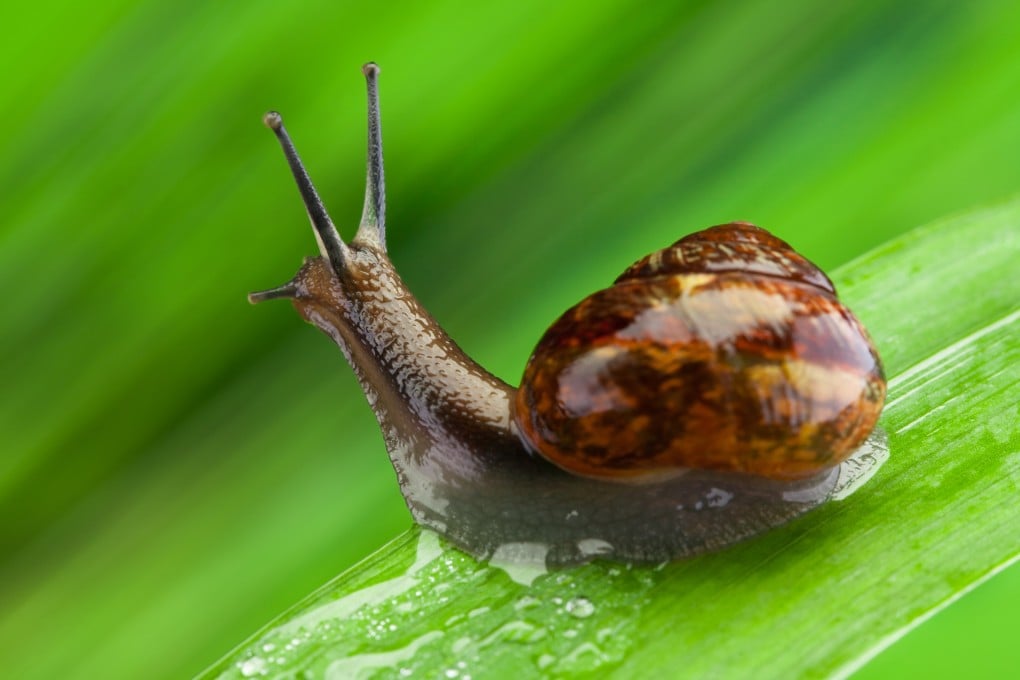Snail shells, a ‘once-in-a-millennium’ storm and what it all means for climate studies in China
- Chinese researchers say isotopic changes detected in snail shells are a record of Zhengzhou’s 2021 super rainstorm

The scientists, led by climate change researchers from the Institute of Earth Environment, Chinese Academy of Sciences, in Xian, conducted the experiment on the shells of four living specimens – two collected in the Zhengzhou area before a devastating rainstorm hit the city in July 2021, and two after the storm had passed.
The storm caused catastrophic losses to life and property in Zhengzhou, at one point dumping a year’s worth of rain on the city in a few days.
“With the acceleration of global warming, the climate background of extreme weather events is undergoing rapid changes,” the researchers said in a paper published in Science Bulletin last week.
“Whether the … Zhengzhou super rainstorm is a ‘once-in-a-millennium’ disaster or a new more regular event in a warmer world is a pressing question requiring clarification.”
